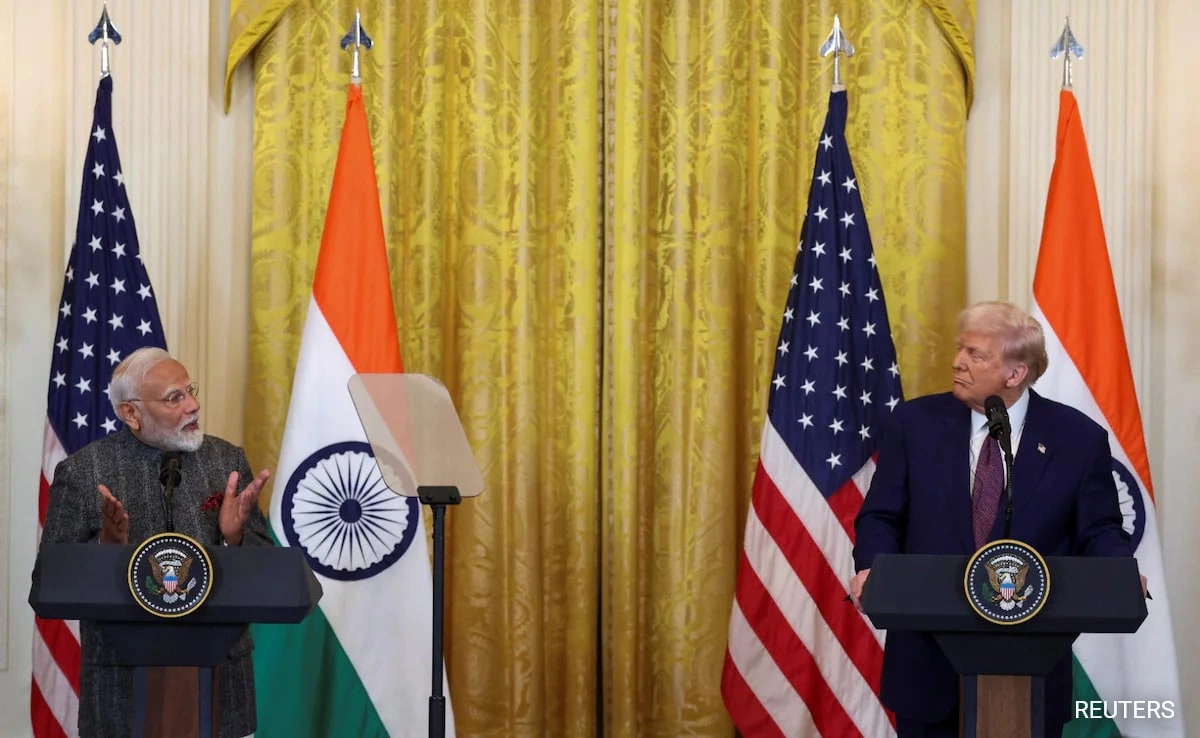Recent analyses of former President Donald Trump’s tariff policies suggest that their economic impact will be minimal, with projections indicating a mere 0.2% hit to the GDP. This assessment comes from various sources examining the long-term effects of the tariffs imposed during his administration on imports from countries such as China. While tariffs were initially touted as a means to protect American industries and jobs, the consensus among economists is that their actual impact on the broader economy may be limited.
The rationale behind these tariffs was to address trade imbalances and encourage domestic production by making foreign goods more expensive. However, critics argue that such measures often lead to increased prices for consumers and businesses reliant on imported materials. The anticipated GDP hit of only 0.2% suggests that, despite the political rhetoric surrounding these tariffs, the overall economic consequences may not be as severe as initially feared.
Furthermore, the long-term effects of tariffs can vary depending on a multitude of factors, including global economic conditions and the response of trading partners. Some economists believe that while the tariffs may provide short-term benefits to specific sectors, the broader economy may adapt over time, mitigating the negative impacts predicted. As the U.S. navigates its post-pandemic recovery, understanding these nuances will be essential for policymakers aiming to balance protectionist measures with the need for economic growth and stability.
In conclusion, the analysis of Trump’s tariffs indicates a rather subdued effect on the overall economy, with a projected GDP impact of only 0.2%. While the tariffs were designed to boost domestic production and reduce reliance on foreign goods, their actual influence on the economy may be less pronounced than anticipated. As the U.S. continues to engage in complex trade relationships, the implications of such policies will remain a topic of considerable discussion among economists and policymakers alike.




